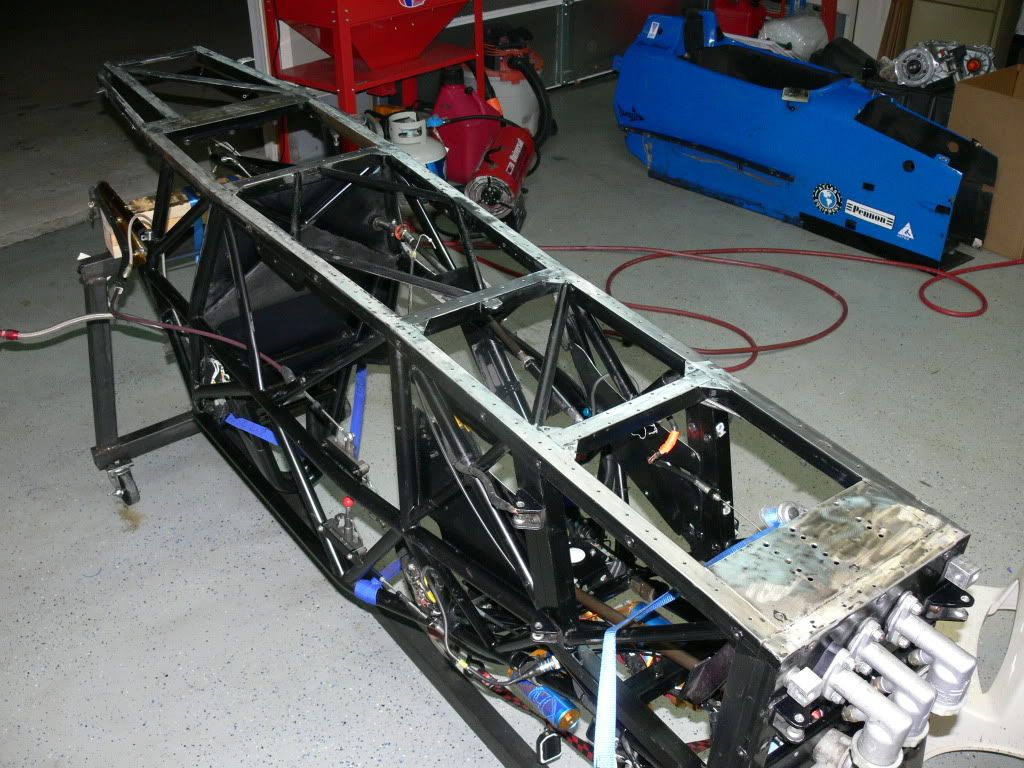Some friends came over last night and amoung other things we inverted the Mygale and removed the bellypan.
Two of the guys there are engineers who work (or worked) at Dobbins- aircraft guys. They pretty much insisted that the belly pan is a dust cover and adds no stiffness to the frame. They've both seen Van Diemens, Reynards and said the Mygale frame looks stronger- that the amount of support the stressed pan will provide largly depends on the strength of the frame to begin with (which does make sense) and since my frame is so nicely done the bellypan is doing nothing.
Everything I've read here says the opposite- a properly bonded bellypan does add considerable stiffness.
So which is it?




 Reply With Quote
Reply With Quote














